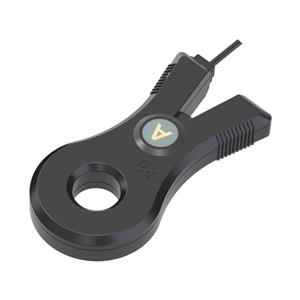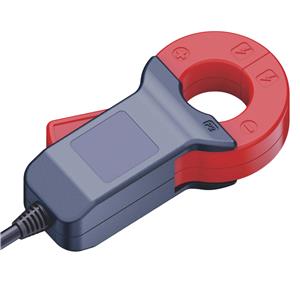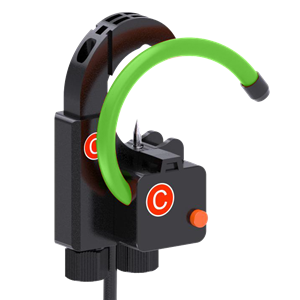Iron Core Inductor: Key Features, Working Principles, Applications, and Advantages
An iron core inductor is a type of inductor that utilizes a ferromagnetic core made of iron or iron alloys to enhance its inductance and efficiency. It is widely used in various electronic and electrical applications due to its ability to store and release energy in the form of a magnetic field. In this technical description, we will explore the key features, working principles, applications, and advantages of iron core inductors.
Key Features
Iron core inductors are characterized by their ability to store energy in a magnetic field when an electrical current passes through them. The ferromagnetic core, typically made of laminated iron or iron alloy materials, enhances the inductance and magnetic flux within the inductor, allowing for efficient energy storage and release. Iron core inductors are available in a wide range of inductance values, sizes, and shapes to accommodate different circuit requirements. They can be designed with various winding configurations, such as solenoidal or toroidal, to suit specific applications.
Working Principles
The working principle of an iron core inductor is based on Faraday's law of electromagnetic induction. When an alternating current (AC) passes through the inductor, a magnetic field is induced in the iron core, resulting in the storage of energy. This magnetic field expands and collapses with the changes in the current, creating an electromagnetic force that opposes the flow of the current, thereby exhibiting inductance. The ferromagnetic core significantly increases the inductance of the inductor compared to air core or other non-magnetic core types, making it an ideal choice for applications requiring high inductance values and efficient energy storage.
Applications
Iron core inductors find extensive use in various electronic and electrical applications, including power supplies, transformers, filters, oscillators, amplifiers, and radio frequency (RF) circuits. They are commonly employed in switch-mode power supplies to regulate voltage and current, as well as in transformers for converting and transmitting electrical energy. In addition, iron core inductors are utilized in audio equipment, communication systems, motor drives, and other electronic devices where precise energy storage and release are essential.
Advantages
The use of iron core inductors offers several advantages, including high inductance values, low resistance, and improved energy storage efficiency. The ferromagnetic core enhances the inductance of the inductor, allowing for the creation of compact and high-performance electronic circuits. Iron core inductors also exhibit low core losses and are capable of handling high currents, making them suitable for power applications. Furthermore, they provide stable and reliable performance over a wide range of operating temperatures and frequencies, making them versatile components in electronic designs.
In summary, iron core inductors are essential components in electronic and electrical systems, providing efficient energy storage, inductance, and electromagnetic interference suppression. Their unique features, working principles, wide-ranging applications, and advantages make them indispensable in the design and implementation of electronic circuits and devices. By harnessing the capabilities of iron core inductors, engineers and designers can achieve optimal performance and functionality in their electronic applications.




